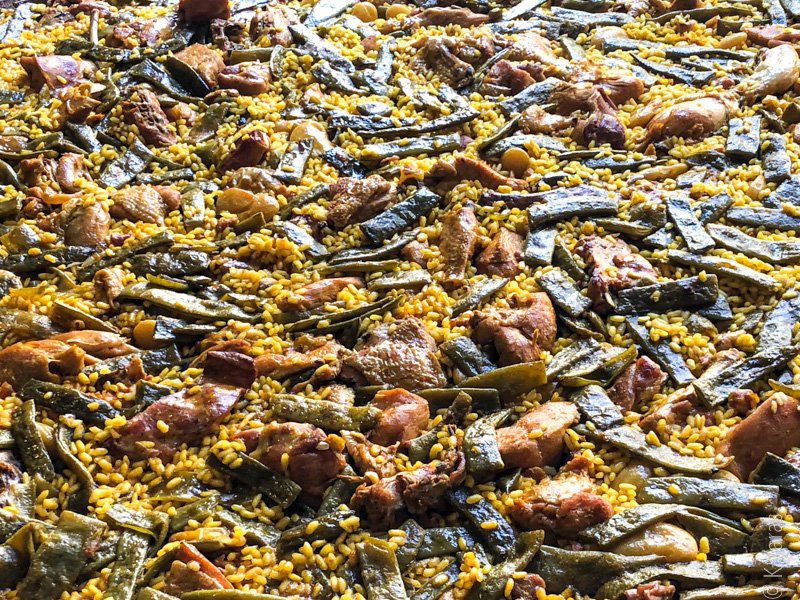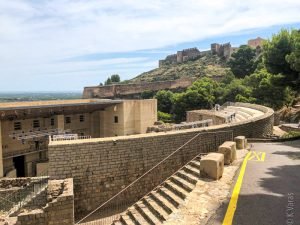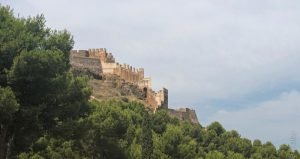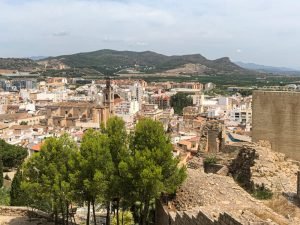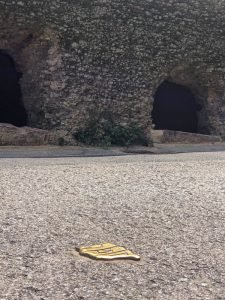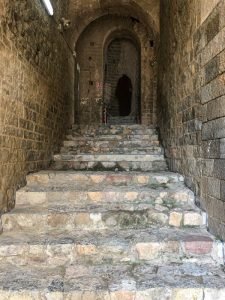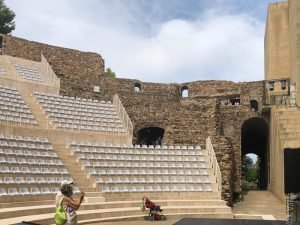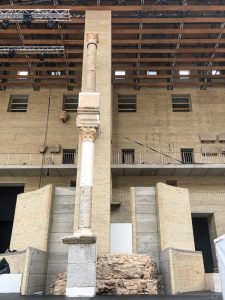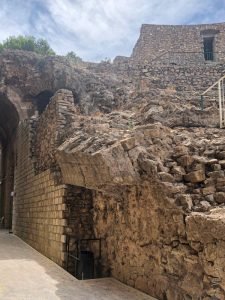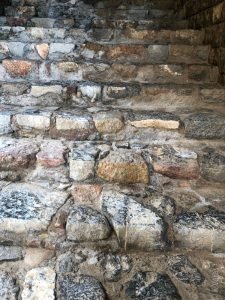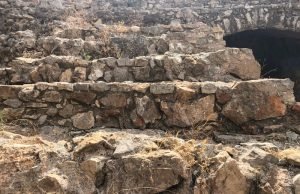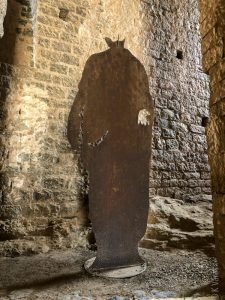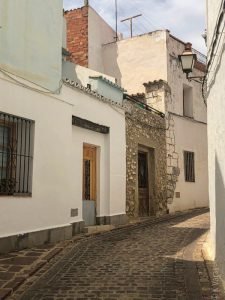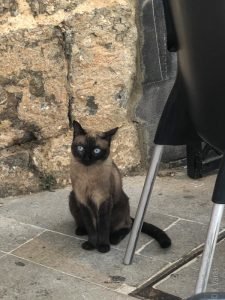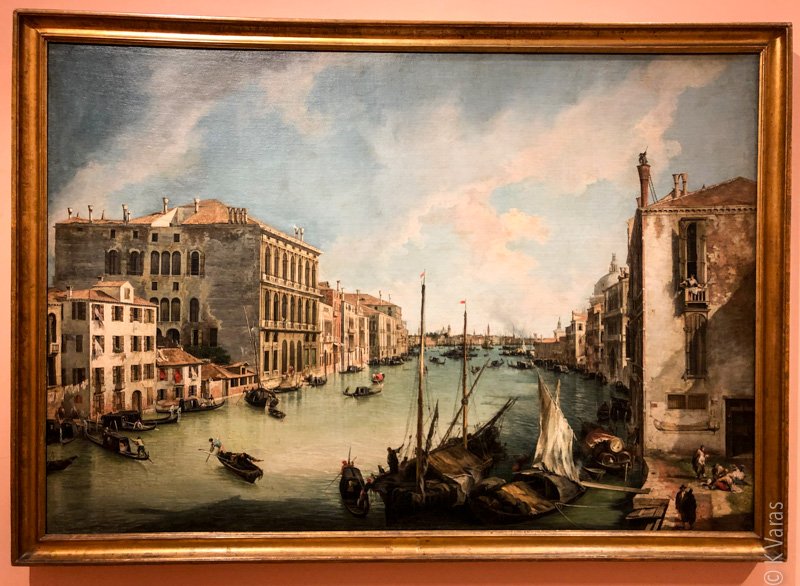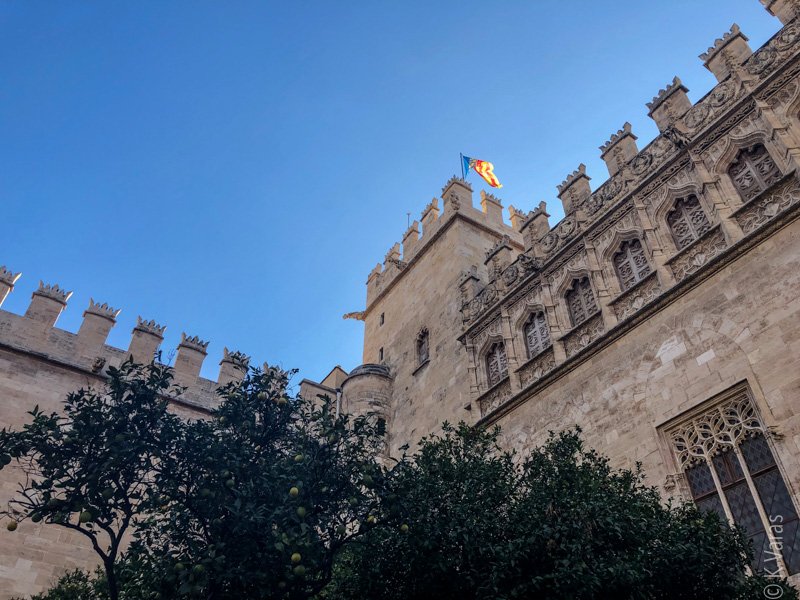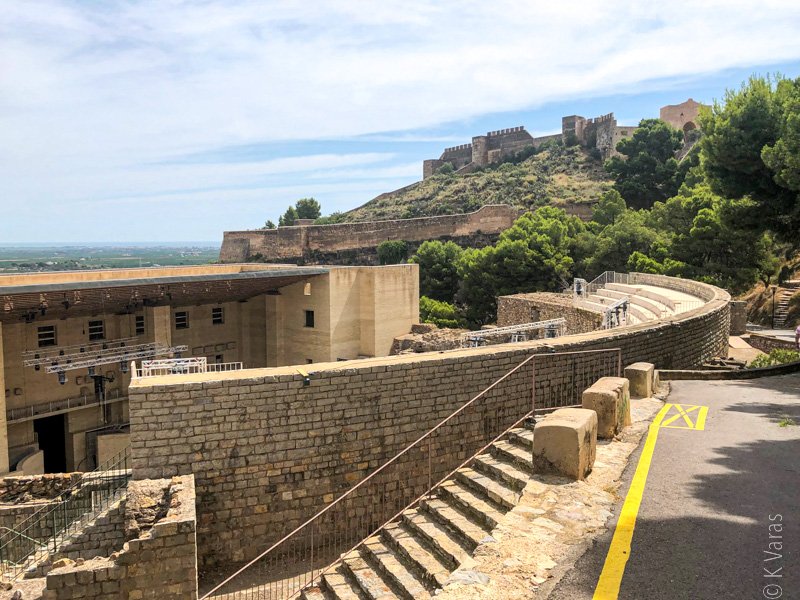
Sagunto
Valencia’s history goes back a ways, but just 30 km to the north, there is another city some 300 years older, its roots dating back to the V century BCE. Sagunto (or Sagunt in Valenciá) used to be the major administrative and trading stop on the east coast of Iberia. When Hannibal crossed the Rubicon, he set his sights on Saguntum first, and set siege of it in 219 BC triggering the Second Punic War between the Carthaginians and the Romans, one of the most important wars of antiquity. So that’s where we, Sagrario, L. (a Finnish girl staying with us), and I went off to for a mid-week excursion.
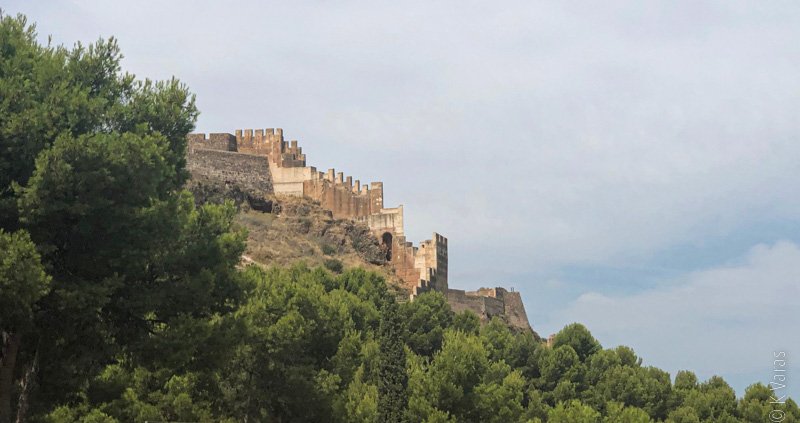
Getting to Sagunto is easy, finding parking in the old town, however, not so much. Sagrario did manage to wedge the car into an impossible spot, as she usually does, and we headed up hill to the castle. There isn’t much left of it, unfortunately, as over 2000 years of wars and conquests have taken their toll, and the walls that remain are not easily visited, though visible from the city and the surrounding areas. What is way more interesting are the remnants of the Roman amphitheatre, originally built to seat 8,000 spectators, parts of which have been restored in recent years, and where there are still spectacles performed, and we just happened to come upon rehearsals for something. It appeared to be a circus or acrobatics show of some sort, the weirdest part of which was a fellow who was suspended from a great height by his head (!) and doing a bit of a sky dance. Young people these days 🙃.
This amphitheatre brought back memories of the one I saw in Tarragona but that one was closed to visitors so I could just look at it from a distance. In this one I could sit on the two-millennia old stone seats and imagine what it must have been like to watch concerts, mock naval battles, or plays. I’m sure public executions were also performed but I choose to pretend that a play or two also made it to the stage; I’m certain nobody was spinning by their hair, at least not willingly.
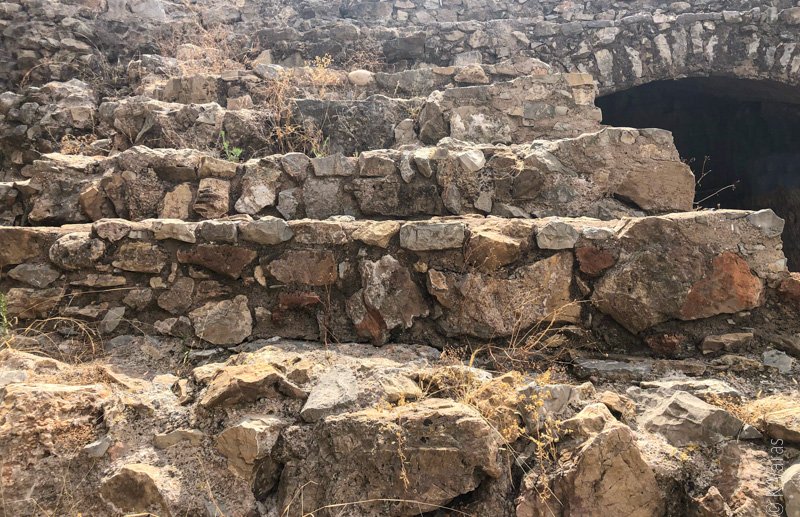
The area on the hillside on the way up to the citadel is actually the Juderia (Old Jewish Quarter), as the now-familiar golden symbols embedded in the streets throughout Spain proclaim. It is full of narrow windy lanes and the typical one- and two-storey homes. It being midday, we found a little restaurant to have a little drink, joined by a feline companion who was clearly Lucy’s distant relative. We had reservations at a restaurant in the nearby La Vall D’Uixó so having more than a drink was not a good idea but just sitting there with a clara or glass of wine in the shade of a very old building, smelling the scent of a nearby hibiscus was just a very good one.
